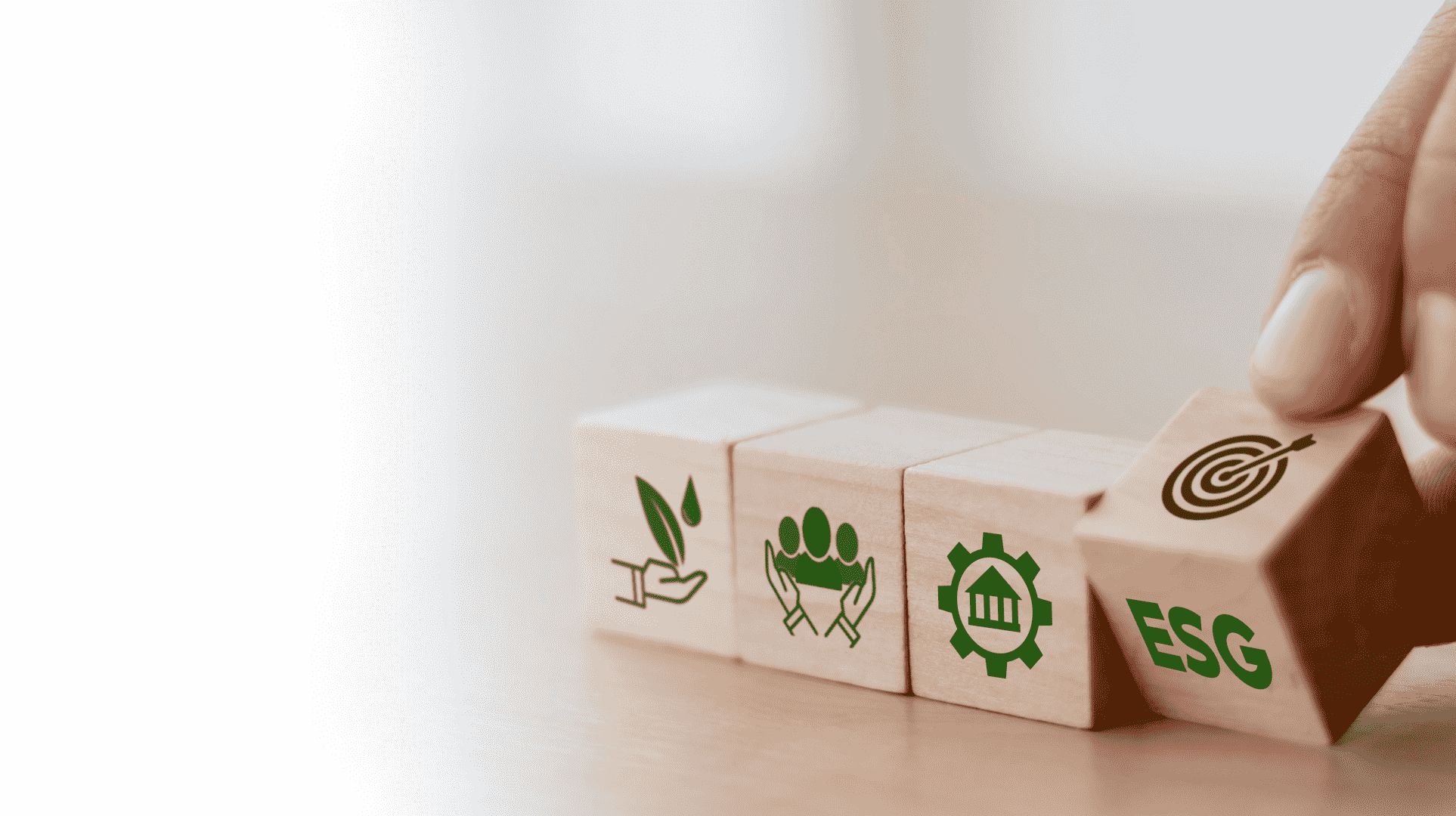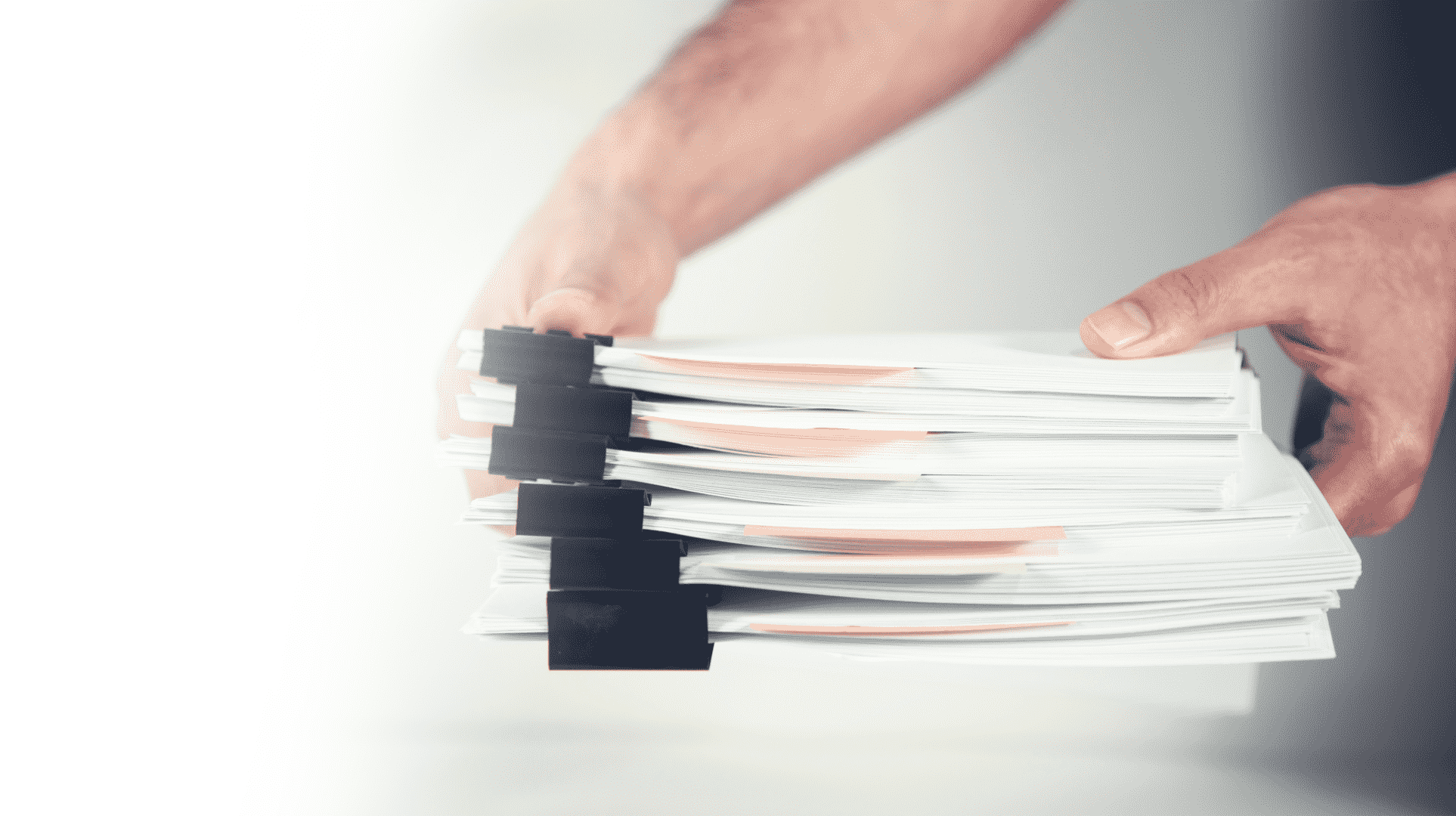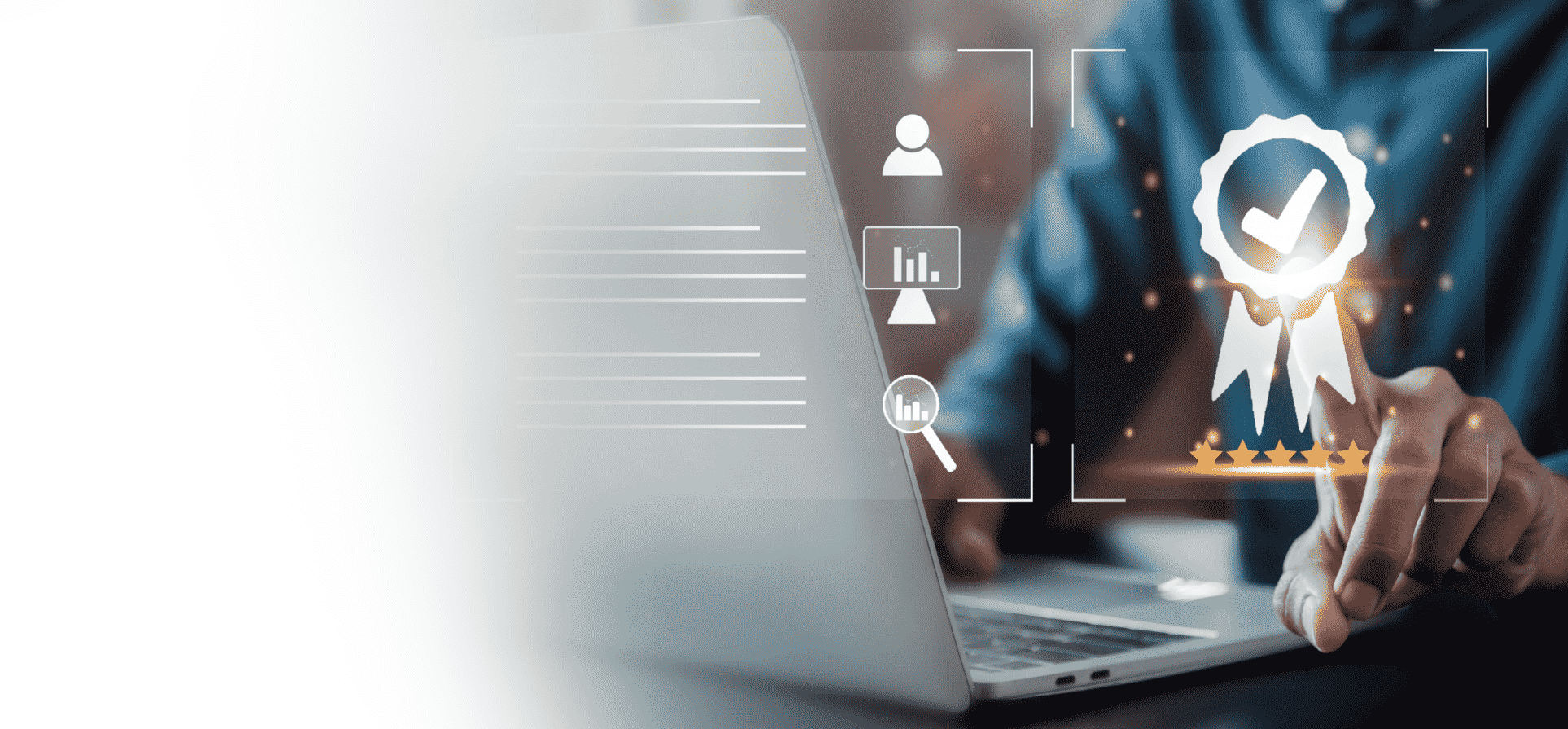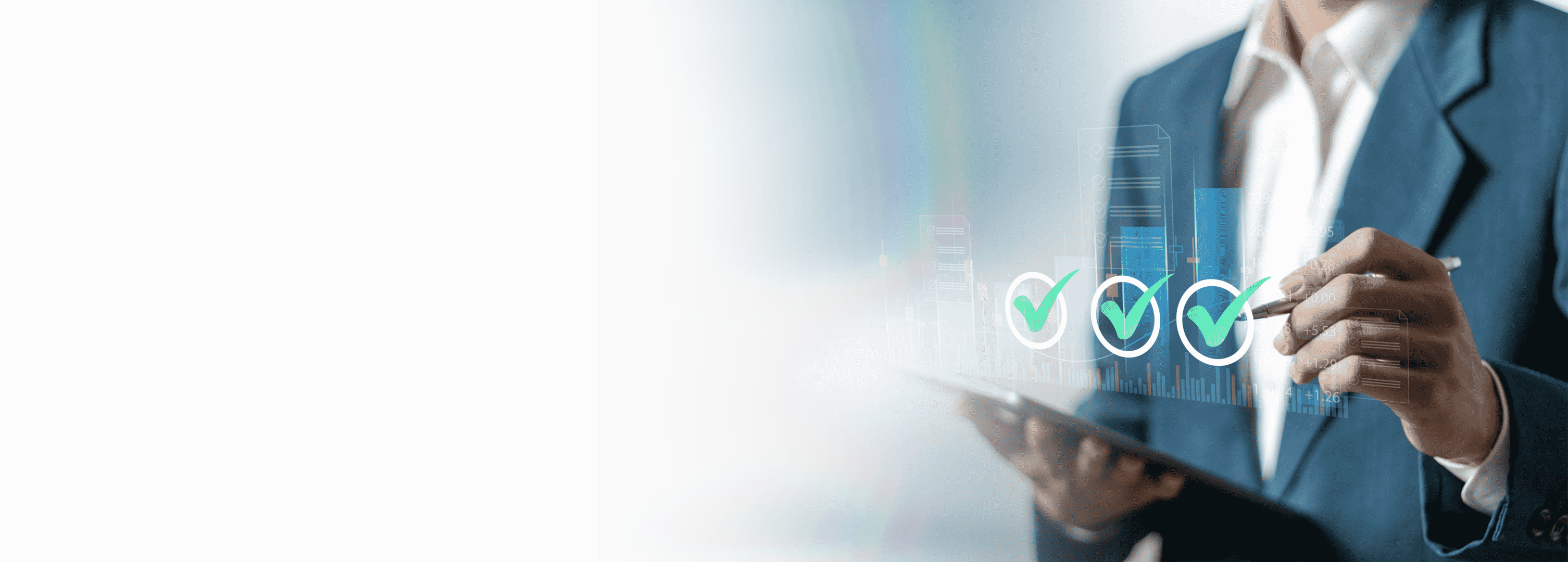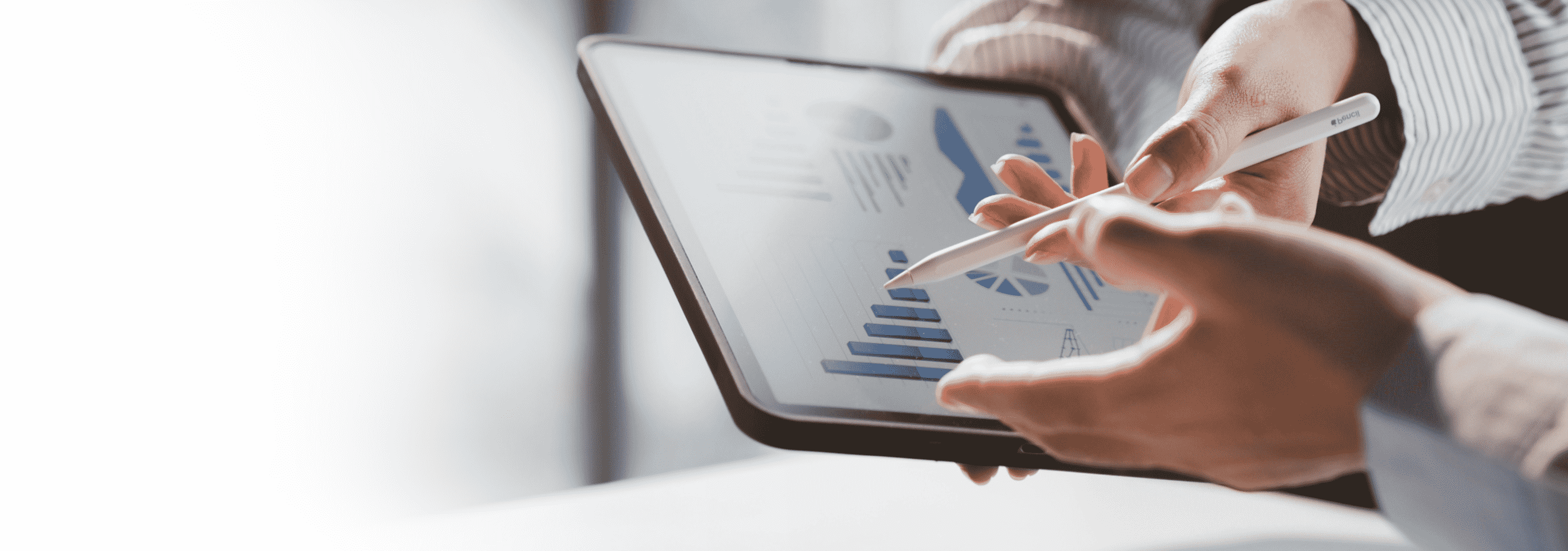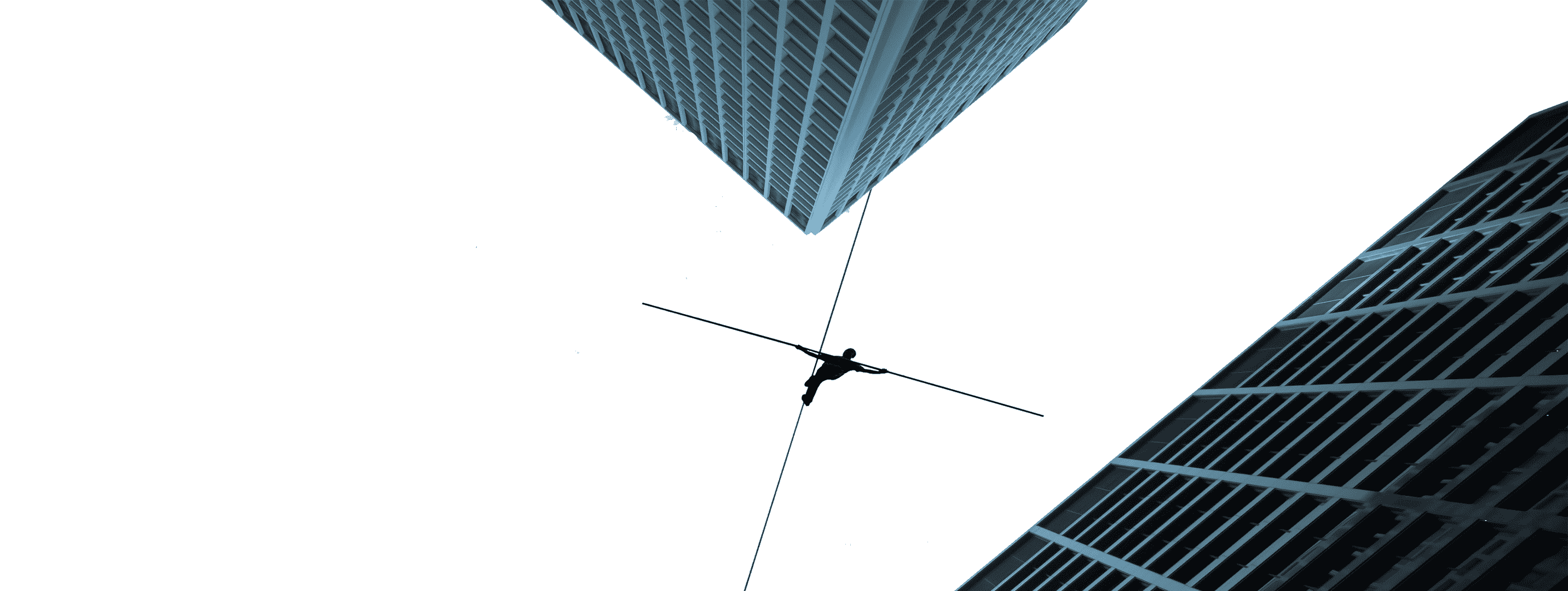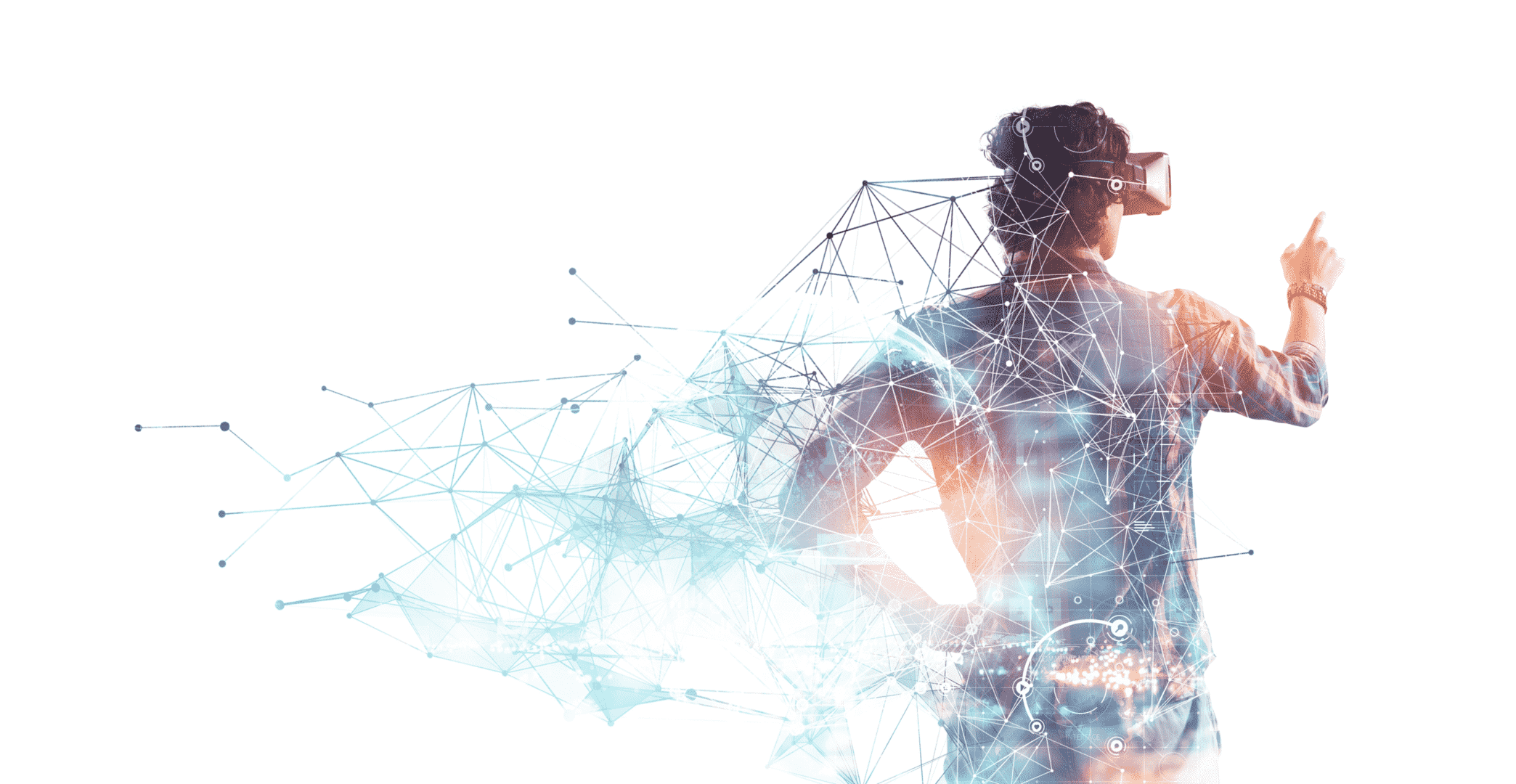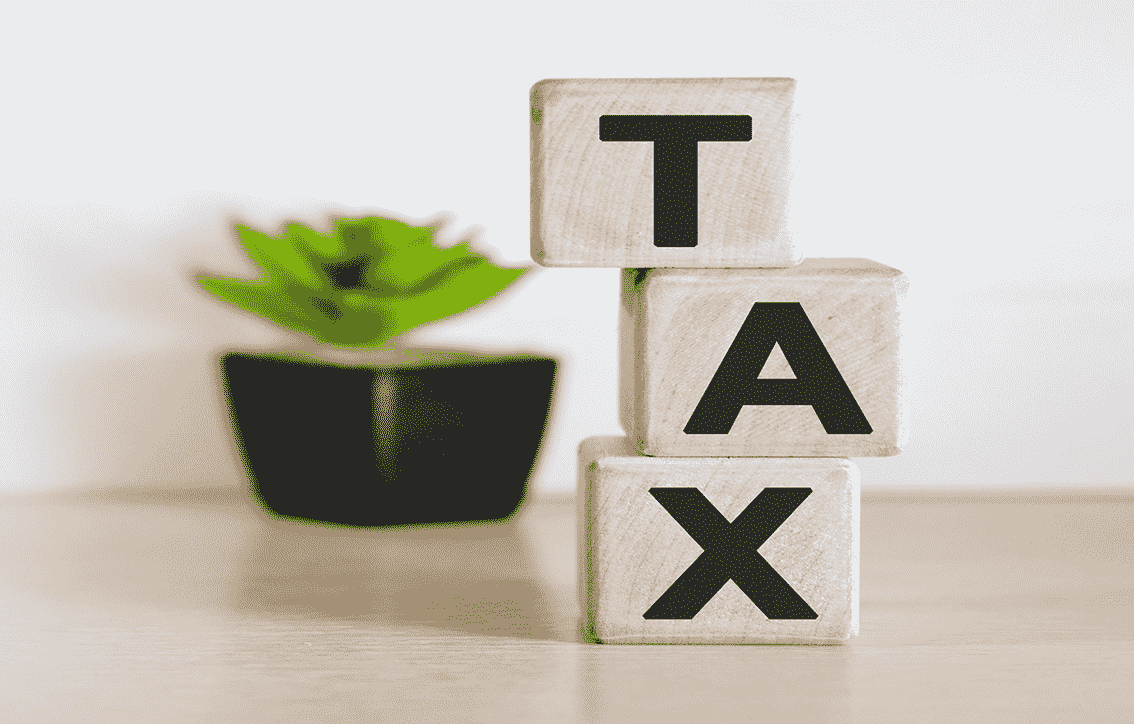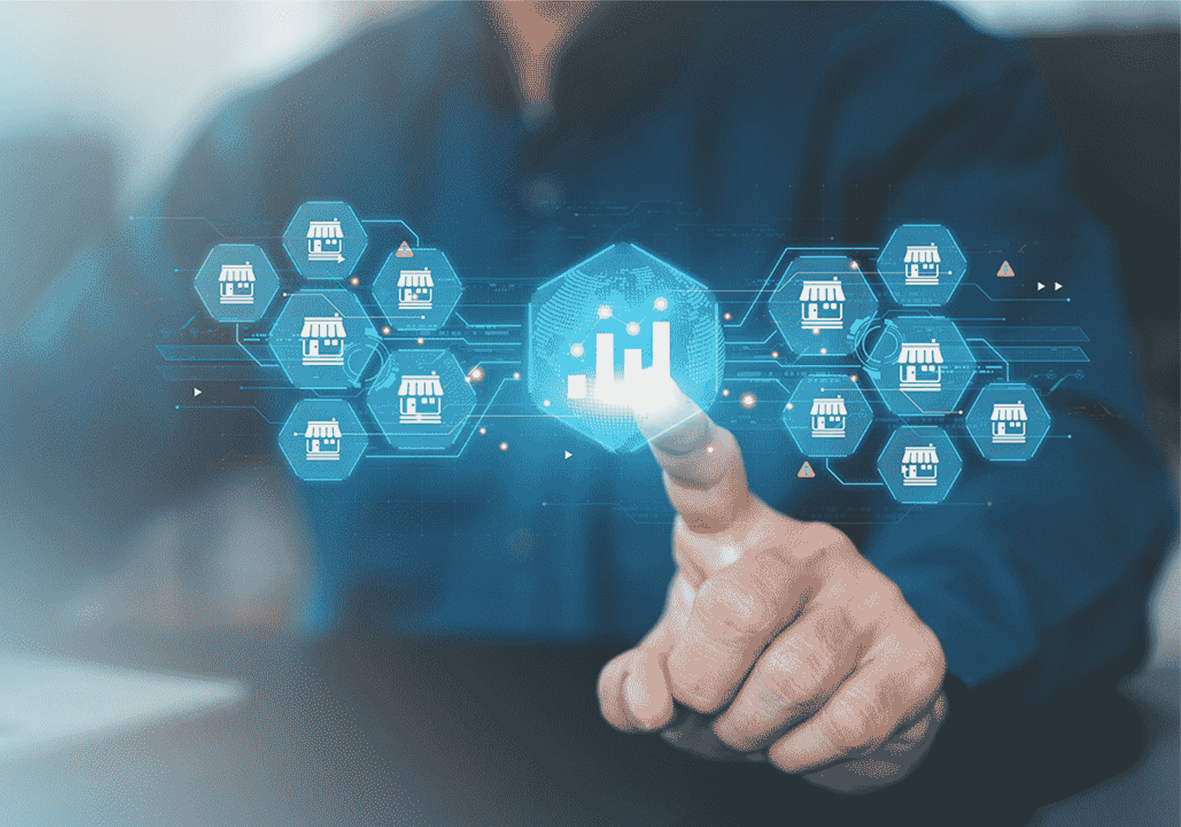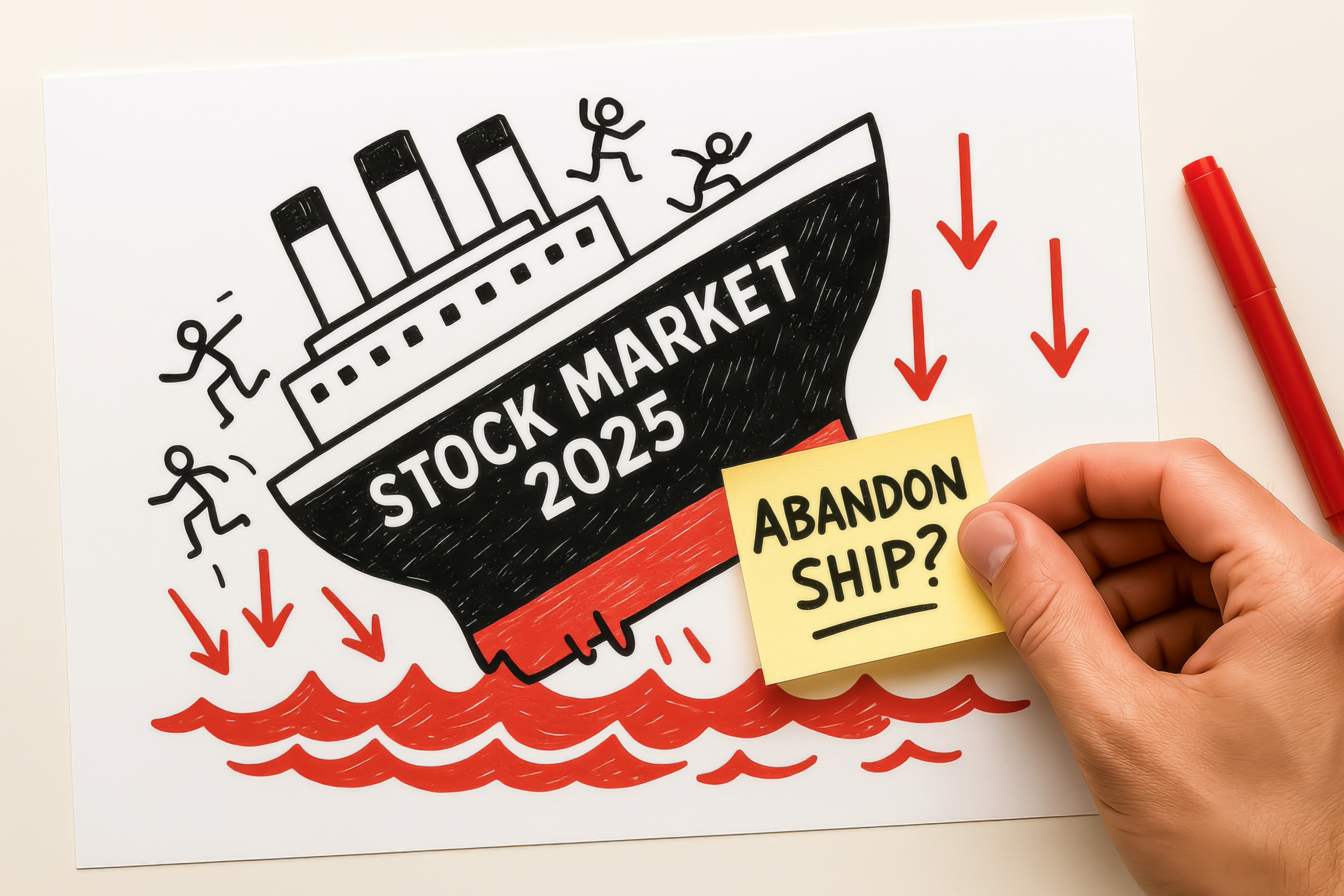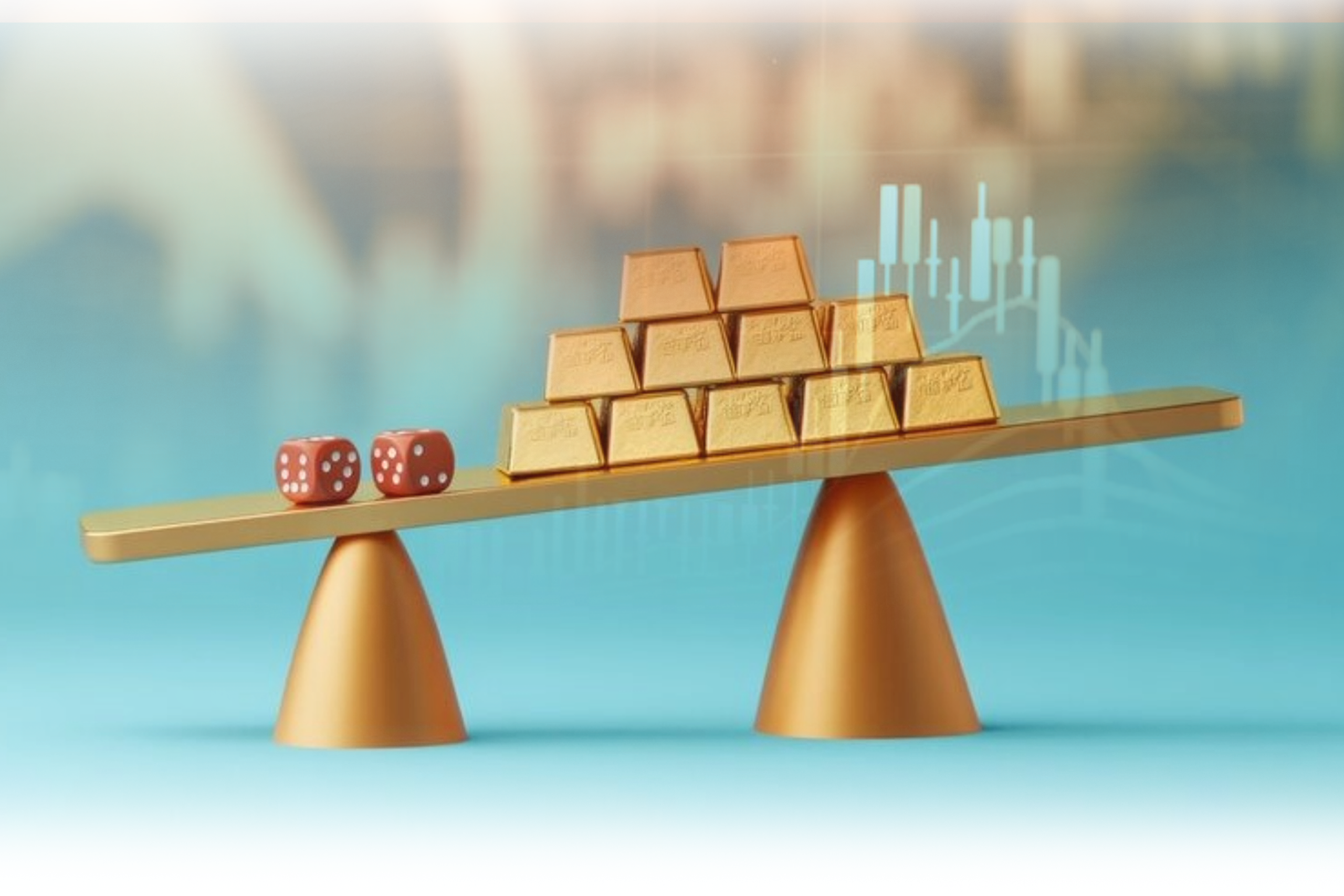Inflation has been a major concern for the past few years, affecting individuals, businesses, and economies globally. Prices have risen sharply, making everyday goods and services more expensive. From higher grocery bills to increased energy costs, people have felt the impact of inflation in their daily lives. The pandemic and global disruptions have contributed to these price hikes, but recently, inflation has begun to slow down. While still higher than what many were accustomed to, the overall trend seems to be moving toward more manageable levels. Despite this, inflation continues to affect the economy, and businesses and consumers must adjust accordingly.
Understanding Inflation’s Roots
Inflation, at its core, is the general rise in prices of goods and services, reducing purchasing power over time. Economic theory points to easy monetary policy as one of the primary causes of prolonged inflation. When central banks set interest rates too low or expand money supply too quickly, inflation can spiral upward. Throughout history, such actions have often triggered periods of inflation that hurt consumers’ ability to buy goods and services.
The 2019 pandemic further exacerbated these inflationary pressures, as supply chains were disrupted, labor markets became volatile, and geopolitical tensions, such as the ongoing war in Ukraine (since 2022), contributed to the skyrocketing costs of energy and raw materials. As inflation rose, consumers began to feel the crunch, seeing higher prices on essentials such as food, utilities, and gasoline. Corporate leaders, too, struggled with the rising costs of raw materials, which forced them to adjust their pricing strategies to protect margins.
The Impact on Businesses and Consumers
Inflation’s most immediate impact has been on consumer purchasing power. Prices for everyday goods have risen dramatically, leading households to cut back on discretionary spending and adapt new cost-saving strategies. From limiting purchases at the grocery store to postponing major purchases like vehicles or electronics, consumers have become more strategic with their spending to manage the economic squeeze.
Businesses, meanwhile, have faced their own set of challenges. Rising costs of production driven by higher raw material prices and labor shortages have eaten into profit margins. Many companies have passed these costs onto consumers through price hikes. However, raising prices too quickly risks alienating customers or suppressing demand, a delicate balancing act that companies must navigate carefully to avoid losing market share.
The Role of Data in Navigating Inflation
In times of economic uncertainty, understanding consumer behavior and market trends becomes more critical than ever. Retailers, credit providers, and utility companies can utilize advanced data analytics to gain insights into their customer base. By identifying which households are most affected by inflation and understanding their changing behavior, businesses can create targeted strategies to better serve their customers while managing risk.
For example, retailers can use data to understand which of their stores are most vulnerable to reduced foot traffic and sales due to inflation. With this knowledge, they can adjust their stock offerings, provide targeted promotions, or even reconsider the number of physical stores they operate. Credit providers can use data to predict which customers are most likely to default on loans or seek credit relief, while utility companies can identify vulnerable households in need of financial assistance.
By leveraging data insights, businesses can weather the storm of inflation more effectively, ensuring that they remain responsive to changing consumer behaviors while safeguarding their operations against unforeseen risks.
The Path Forward: Managing the Transition
As inflation begins to recede, economies are likely to enter a period of adjustment. Central banks are carefully recalibrating interest rates to avoid stifling growth while still keeping inflation under control. In the UK, for example, inflation is expected to stabilize around 2.5% in the long term, a level considered healthy for stimulating demand and productivity in a recovering economy.
For businesses, adapting to this “new normal” will require more than just adjusting prices. The key to survival will be agility. Companies must not only adjust their pricing strategies but also innovate in other areas such as supply chain resilience, procurement, and customer engagement. With rising labor costs and increased demands for sustainable practices, business leaders will need to be strategic in their decision-making, making adjustments based on real-time data and shifting market conditions.
Moreover, economic conditions are likely to vary by region, and CEOs must tailor their responses to address specific local needs. A more resilient supply chain, cost-saving alternatives to price increases, and stronger relationships with customers will be essential to maintain competitiveness.
The Human Element: Household Strategies for Coping with Inflation
Households are, of course, facing the most immediate impact of inflation. To combat rising prices, many families are reevaluating their spending habits, tightening budgets, and prioritizing essential purchases. However, consumer behavior is not static, and there are signs that as inflation recedes, households may begin to regain some of their purchasing power.
For businesses, understanding the challenges facing consumers, particularly those in vulnerable households is critical. This can lead to more personalized marketing strategies and support programs that resonate with customers, thereby fostering stronger customer loyalty. Companies that offer real value, whether through competitive pricing, improved customer service, or products that meet specific needs, will be better positioned to navigate both inflation and its aftermath.
Deflation: The Other Side of the Coin
While inflation has dominated headlines, it’s important to also recognize the potential for deflation, a situation in which prices decline and purchasing power increases. Although deflation may seem beneficial to consumers in the short term, it can signal broader economic weaknesses, such as a lack of demand or a contracting economy. Deflation also makes debt more expensive, which could exacerbate financial difficulties for households and businesses.
The economic challenges of inflation and deflation are not one-dimensional; both come with their own risks and consequences. As we move through this period of economic adjustment, leaders in both the public and private sectors must remain vigilant, using every tool at their disposal to manage the effects of these economic shifts.
Inflation’s storm may be subsiding, but the road to recovery is far from smooth, and it involves a combination of strategic financial planning and adjustments in spending habits. To better manage the impact of inflation and aim towards a better financial stability, businesses and consumers alike will need to adapt to a post-inflationary world, marked by shifting consumer behaviors, evolving market conditions, and new economic realities. By leveraging data insights, adjusting strategies thoughtfully, and maintaining a focus on long-term sustainability, we can weather this storm, and emerge stronger on the other side. As we reflect on the past few years, one thing is clear: the ability to adapt, innovate, and remain agile will be crucial in navigating the uncertain economic waters ahead.


